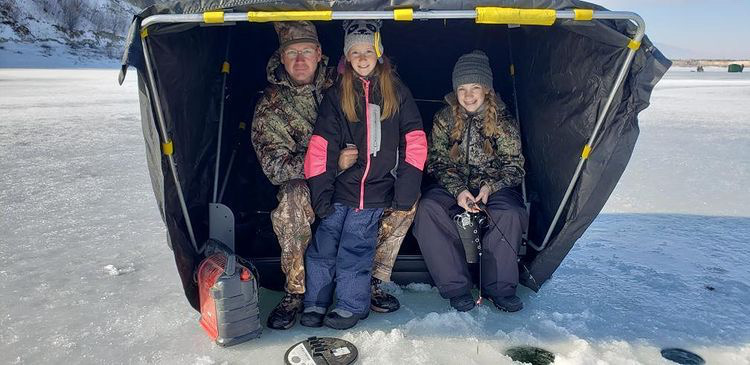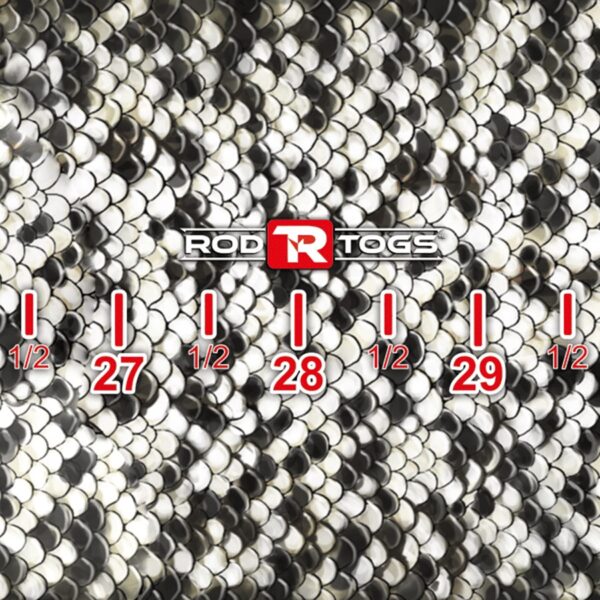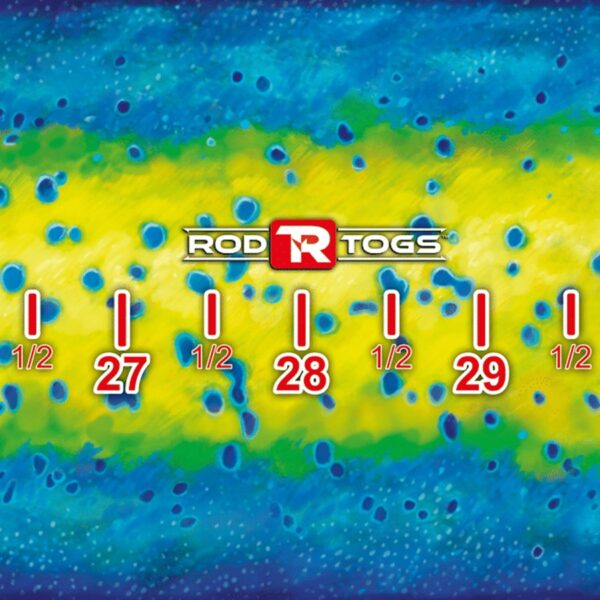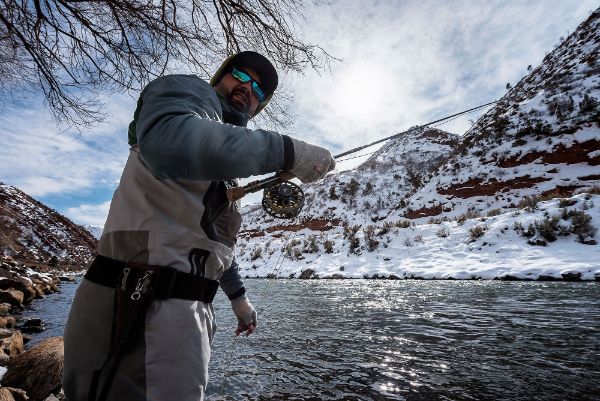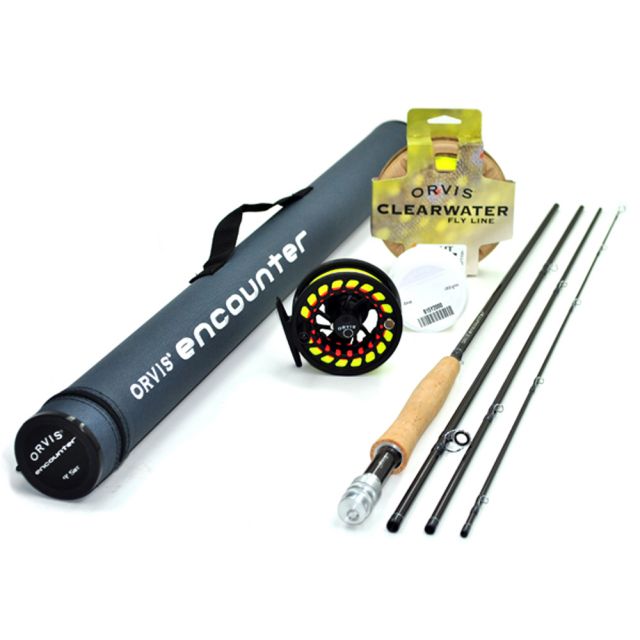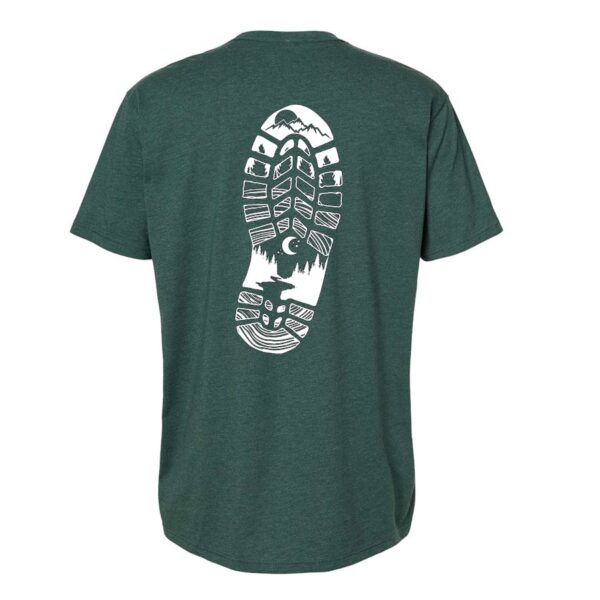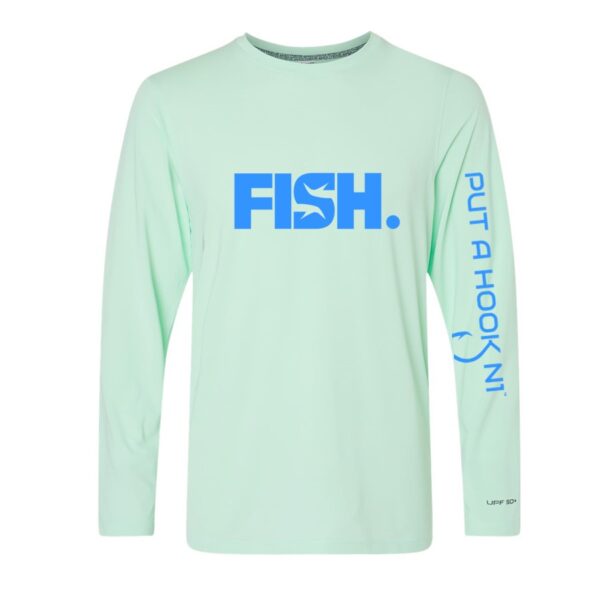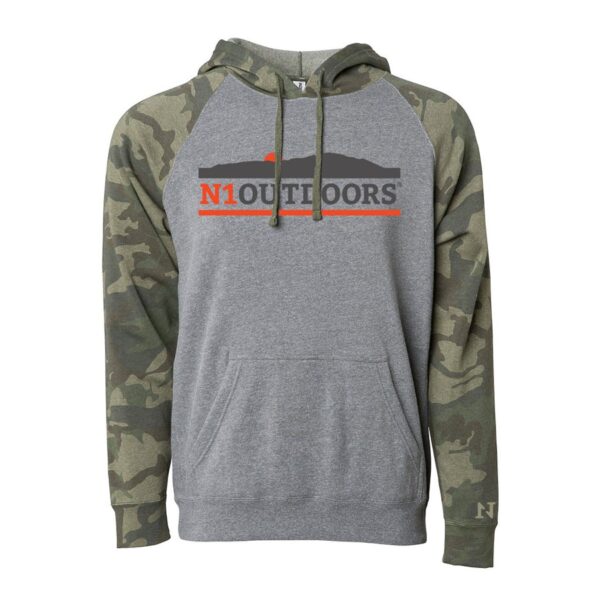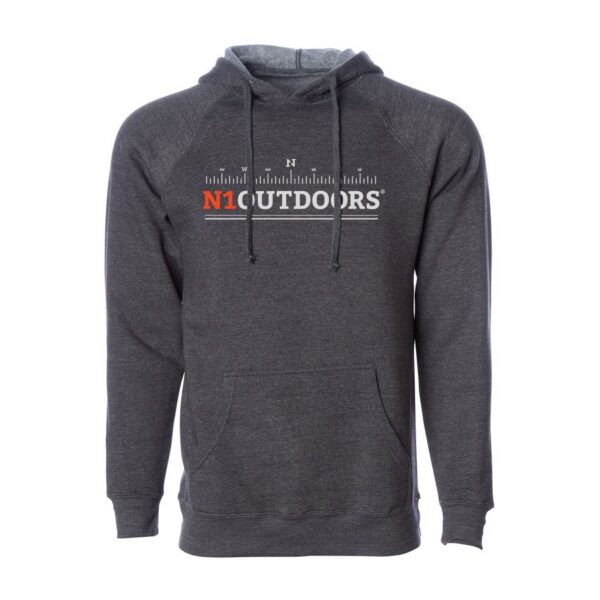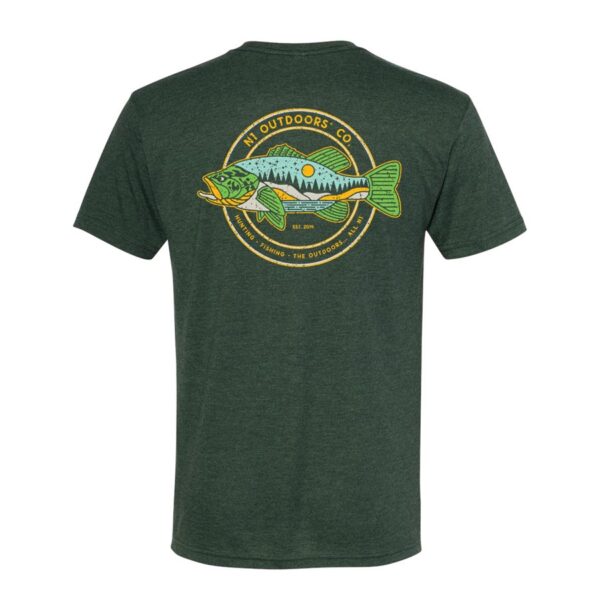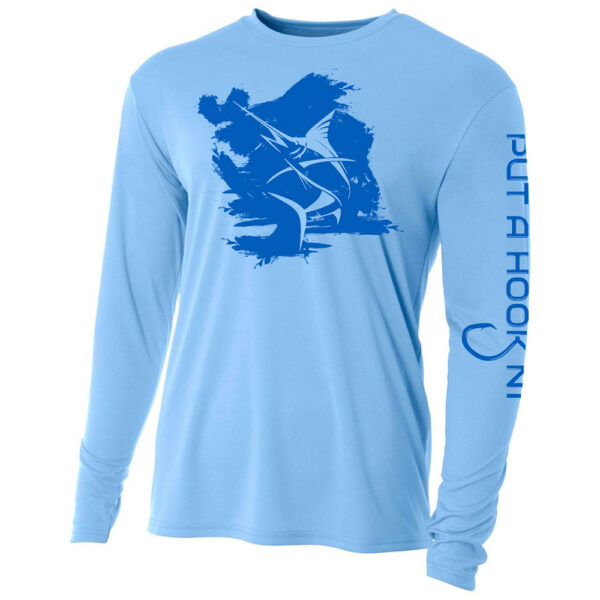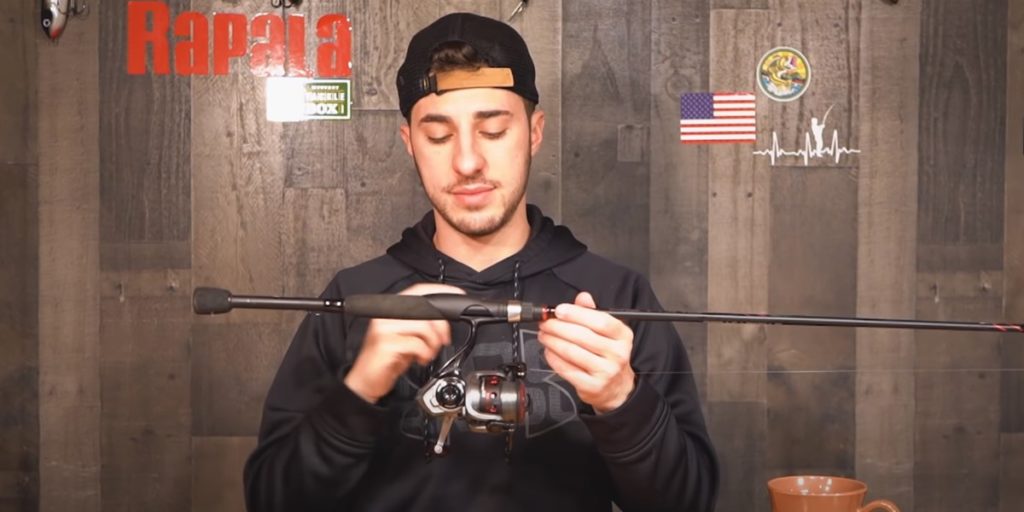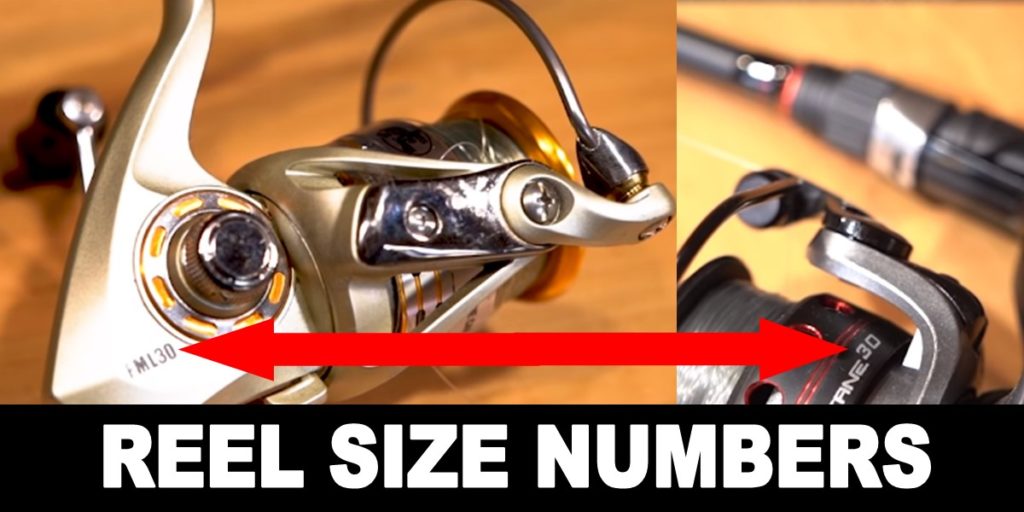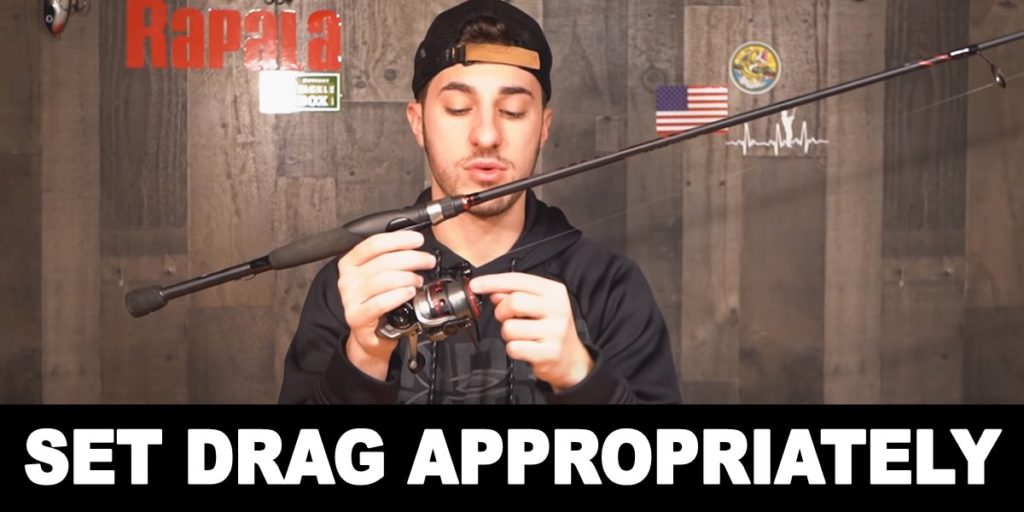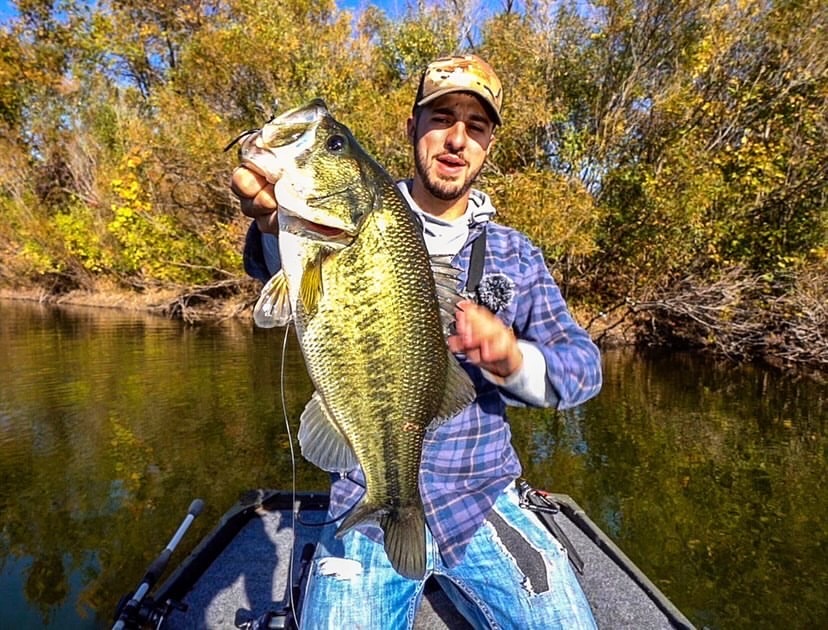Nothing builds family relationships quite like drilling holes and catching fish together on the freezing ice!
Wait, what?
Yes! Ice fishing is a fun, relaxed activity to do alone, but it’s really great when the whole family can take part.
It can be nearly impossible to find good ice fishing spots in some parts of the country, considering the sub-tropical climate. But, if you’re willing to take a bit of a fishing road trip with the family, here are some of the best ice fishing locations for your family that are worth the trip.
- Pactola Reservoir, South Dakota
- Lake Erie, Ohio
- Silver Lake, California
- Deep Creek Lake, Maryland
- Lake Winnebago, Wisconsin
- Chambers Lake, Colorado
- Devil’s Lake, North Dakota
Pactola Reservoir, Deadwood, South Dakota
Fishing at Pactola Reservoir is a once-in-a-lifetime experience, and not just because you may catch a trophy fish!
Beneath the water, at a depth of 150 feet, lie the remains of an old mining town. This old town has now become home to a variety of fish species, including Northern Pike, Largemouth Bass, Yellow Perch and Trout.
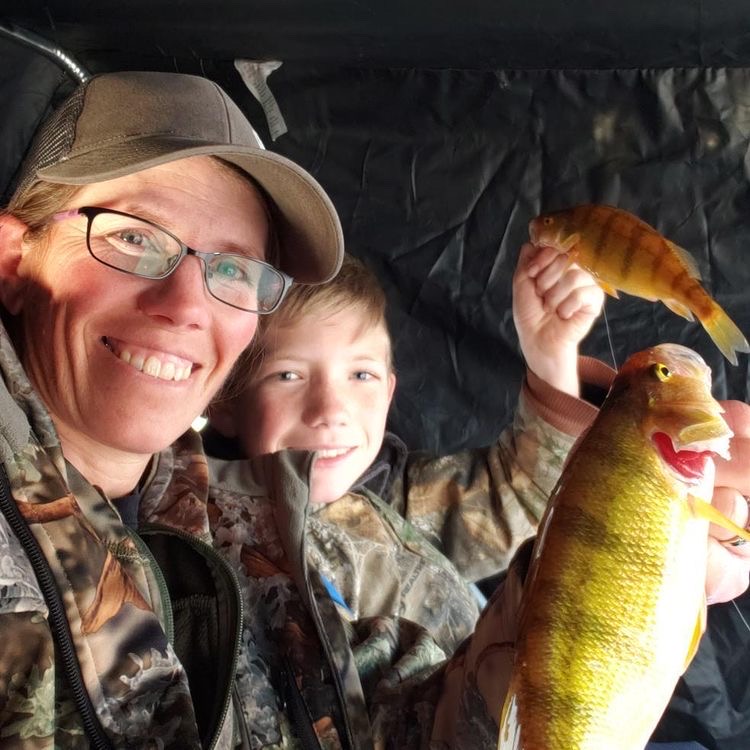
Don’t let the cold keep you from experiencing the thrill of ice fishing. There are several great ice fishing locations in the U.S. you can travel to for ice fishing adventure!
When ice fishing here, challenge your family members to see who can catch the largest fish for the day. If you’re lucky, you may catch the Lake Trout that sets a new state record!
Lake Erie, Ohio
Ice fishing on one of the Great Lakes should be on every angler’s bucket list. Lake Erie is a great place to take the family ice fishing.
You can hire a licensed ice guide, who’ll take you to the best ice fishing spots, where your chance of catching Large Walleye and Perch are good. They’ll also be able to advise you on the fishing regulations in the area, which are very strict.
The guide will also know the migration patterns of the fish, and will have all the necessary equipment to make your family’s ice fishing trip enjoyable and memorable.
Silver Lake, California
Tucked away in the Golden State, sitting snug at the foot of Carson Peak, is an angler’s paradise. Silver Lake provides fishing year-round, but ice fishing here is definitely a unique angling experience.
Every member of your family will be able to ice fish for Lake Trout, Brook Trout, Rainbow Trout, Brown Trout or Cutthroat Trout. With such a large variety of trout, it could be a close contest to see who catches the biggest fish of the day.
Deep Creek Lake, Maryland
Deep Creek Lake has a winter activity for every member of the family, from cross-country skiing and sledding to ice skating. One of the more popular activities is ice fishing, as the lake contains a variety of fish.
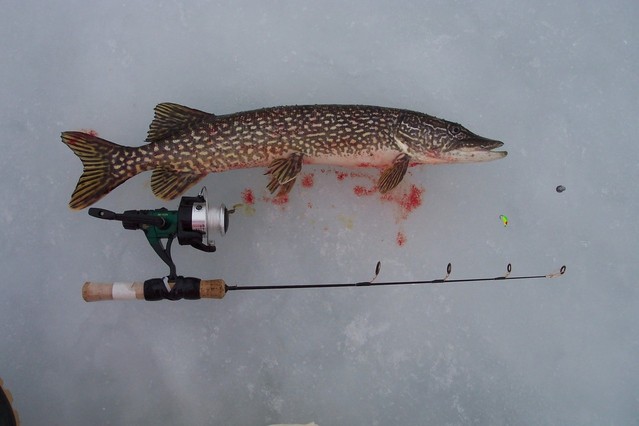
Northern Pike are just one of the many species of fish you can catch while ice fishing on Deep Creek Lake in Maryland.
The family will be able to pick and choose which fish they want to catch, as there are plenty of Walleye, Northern Pike, Trout, Bass, Yellow Perch, Bluegill, Sunfish, Pickerel and Crappie.
Here you can challenge your family to see who catches the most fish on the day.
If you’re looking for a slight advantage over the rest of your loved ones, then fish where the water is the warmest and keep your fishing line close to the bottom of the lake. This is where you’ll find the fish!
Lake Winnebago, Wisconsin
For an experience that every member of your family will remember, head to Lake Winnebago. While you can fish for Perch, Crappie, Northern Pike, Walleye, Bass, Bluegill and Muskies, it’s the huge Sturgeon that are the main attraction.
You can expect to catch Sturgeon up to 80 inches long, and weighing up to 140 pounds! Finding the Sturgeon may be the easiest part of the day, but getting them to bite is a whole different story.
If you want a great story to tell, then make sure that you use a braided line with a weight capacity of up to 100 pounds. Sturgeon put up a fight that can last for an hour, and the last thing you want is for your line to break.
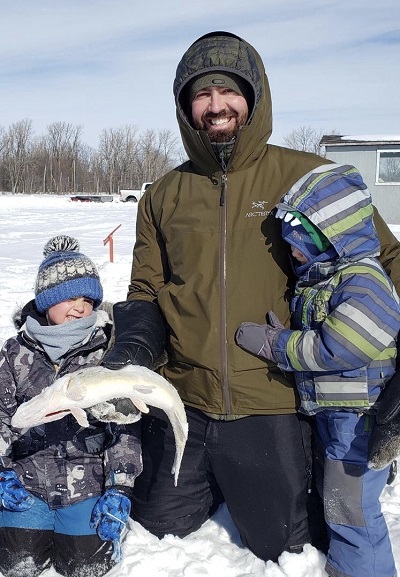
Ice fishing trips with family can make for some unforgettable moments!
Chambers Lake, Colorado
If your kids are old enough to handle some winter hiking, then fishing at Chambers Lake will be a great outdoor family experience. Start your hike at Inlet Bay, as this will lead you to one of the best trout fishing spots on the lake.
Anglers can catch large Lake and Rainbow Trout between 14 and 20 inches in length. You may even find a Kokanee Salmon on the end of your line, especially if you’re fishing with jigs.
There are also tent camping sites on Lake Chambers.
One of the best things about planning an ice fishing trip to Chambers Lake is that it will often stay frozen until late March.
-
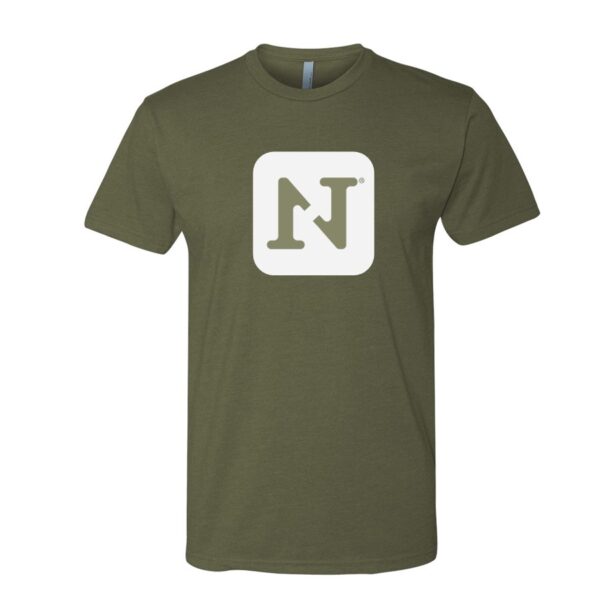
N1 Outdoors® Block Logo Tee
$22.99 – $24.99 Select options This product has multiple variants. The options may be chosen on the product page -
Sale!
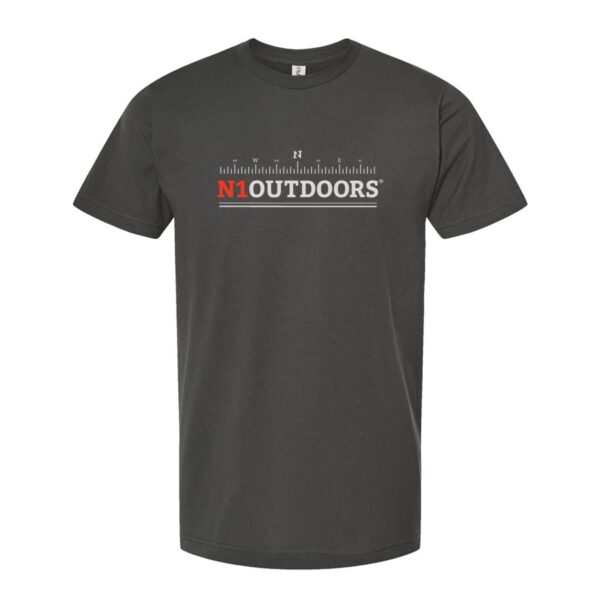
N1 Outdoors® Compass Tee
$9.00 Select options This product has multiple variants. The options may be chosen on the product page -

N1 Outdoors® Word Cloud Tee (Heather Royal)
$22.99 – $28.99 Select options This product has multiple variants. The options may be chosen on the product page
Devil’s Lake, North Dakota
Have you or your loved ones ever caught more than one trophy fish in a day? If not, then add Devil’s Lake to your ice fishing bucket list.
You’ll find that Devil’s Lake is home to a variety of fish, including Black Crappie, Northern Pike, Largemouth and Smallmouth Bass, Bluegill and Brown Trout.
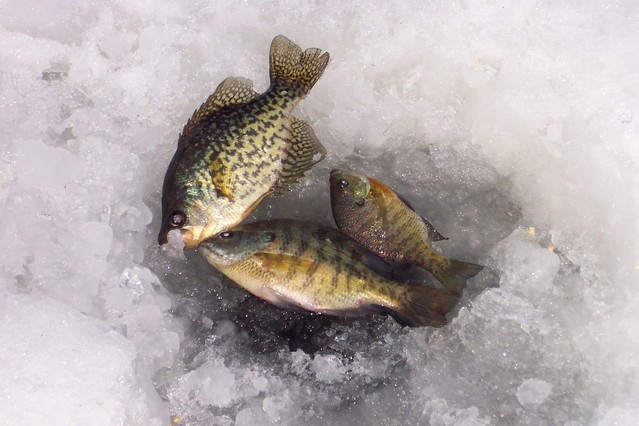
Black crappie and bluegill can both be caught on Devil’s Lake, during the ice-over from December to March.
Every member of your family will stand a good chance of catching a trophy Northern Pike, Walleye or a Perch, all on the same day! The lake is frozen from December until March, and depending on your travel plans, you can choose to get either a 3-day or 10-day fishing license.
Just make sure that each member of your family has their fishing license on them at all times, in case they need to show it to the authorities.
Now, get out there and go ice fishing!
If you’ve fished as a family before, you’ll know how the activity can make for a great day out, and some close family bonding.
If you love the bonding experience of fishing together, ice fishing as a family should be on your joint bucket list.
Even if there aren’t any ice fishing spots near your location, you can make a trip of it. Why not take a weekend, go on a trip to a new place, and see which family member can catch the most fish, while sipping hot chocolate on the ice?
Hopefully, you have learned about some of the best ice fishing locations.
If you want to get away from the cold entirely, you can always take a family trip to a warm weather destination, but we recommend giving ice fishing a try at least once. You may just fall in love with it! And if you go, we hope you put a hook N1!
Written by: Kenneth Reaves, of the Perfect Captain.
More related content from N1 Outdoors:

